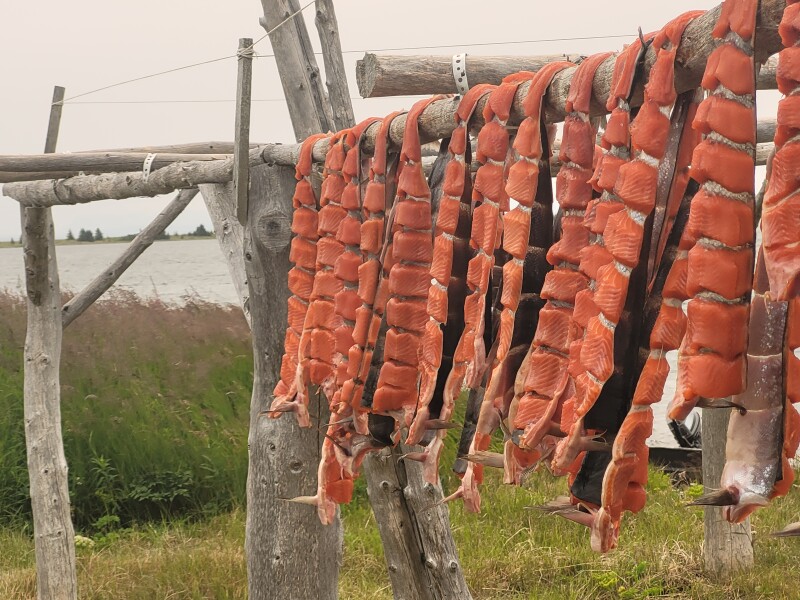The North Pacific Fishery Management Council again drew fire from critics for its inactions to stop salmon bycatch during its meetings in April, when it reviewed information presented by its Advisory Panel and from its newly-formed Salmon Bycatch Committee.
But in the end, it voted to continue using prohibited species caps based on historical bycatch numbers, until more detailed information becomes available.
The motion chagrined commercial and subsistence users living in villages dotting the Yukon and Kuskokwim Rivers and along the northern Bering Sea. They argue that the historical caps don’t reflect present populations, which have declined to the point that they no longer have their salmon fisheries
SalmonState, a non-profit organization dedicated to reducing bycatch, delivered some 700 written comments to the council, most of them urging the 11-member panel to put a more restrictive cap on the incidental take of salmon. Other concerns include the incidental take of crab and other species in the mix that comes up mostly during the B season when pollock trawlers tow in the eastern Bering Sea.
“This council seems to be prioritizing profits for the pollock fishery over all other interests,” said Tim Bristol, executive director of SalmonState, in a press release. “Instead of addressing Alaskans’ urgent calls for action, they’re putting herring, king salmon, chum salmon, crab, halibut, and traditional ways of life on the chopping block so trawlers can keep trawling.”
The council’s final motion in April stated:
“Consistent, annual genetics stock composition information indicates that the majority of non-Chinook bycatch in the pollock fishery is of Russian/Asian hatchery origin; therefore, alternatives should structure non-Chinook bycatch management measures around improving performance in avoiding Western Alaska chum salmon specifically.”
The motion came as a blow, but not as a surprise to members of its Salmon Bycatch Committee, who had hoped for work on an analysis that aims at zero bycatch of western Alaska salmon.
“That was totally not included,” says Mellisa Maktuayaq Johnson, a member of the committee. “We have had to sacrifice our way of life and regulate ourselves to conserve the salmon, and for us that means zero salmon.”
Maktuayaq Johnson adds that without tribal representation on the council future decisions on bycatch will likely go down a similar path.
“Nothing against the CDQ (Community Development Quota) groups,” she says, “But we don’t have any tribal representation.”
Another worry among the committee is that its longevity will last only as long as the council renders its final decision on salmon bycatch. The group was formed as an ad-hoc committee, but Maktuayaq Johnson believes it should remain intact for at least for as long as western Alaska faces a salmon crisis.
“We are now looking at possibly four years of no fishing,” she says.
In the meantime, the council has called for an analysis of more data as it relates to the setting of hard caps on chums and will revisit the salmon bycatch issue at its next meeting in October.







